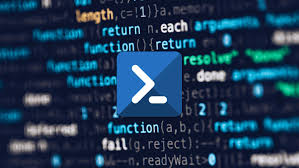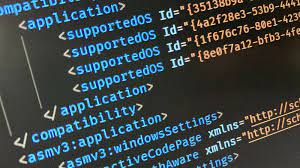28
Oct
PowerShell is a powerful tool for automating Active Directory (AD) tasks and managing Group Policy settings. Here are some ways PowerShell can be used for these tasks: Active Directory Management: Use the ActiveDirectory module in PowerShell to manage AD objects, such as users, groups, computers, and organizational units (OUs). Perform common AD management tasks, such as creating users, resetting passwords, enabling or disabling user accounts, or modifying group memberships using cmdlets like New-ADUser, Set-ADUser, or Add-ADGroupMember. Retrieve information about AD objects, search for specific objects, or generate reports using cmdlets like Get-ADUser, Get-ADGroup, or Get-ADComputer. Group Policy Management: PowerShell enables you to manage Group Policy settings and objects.…









